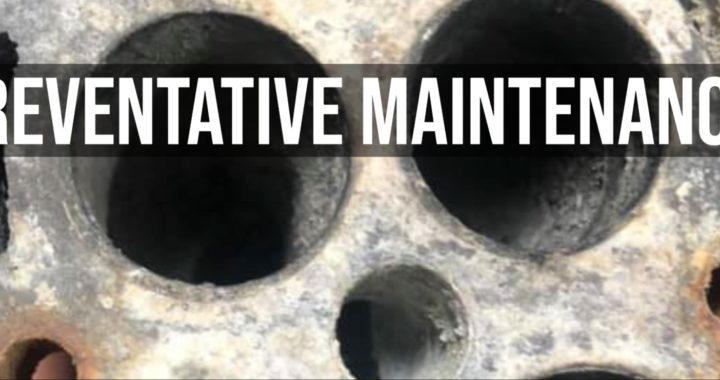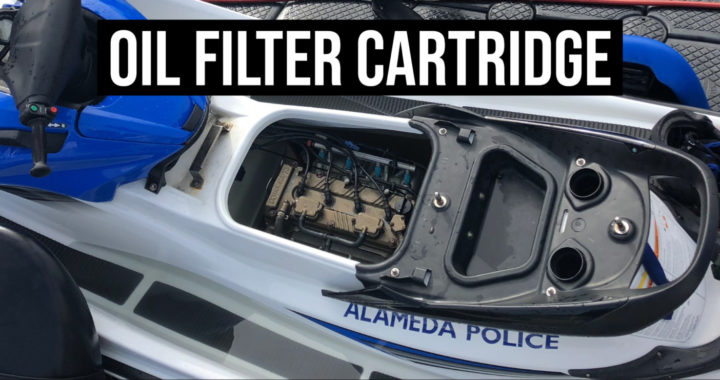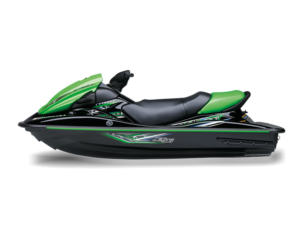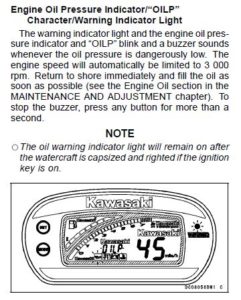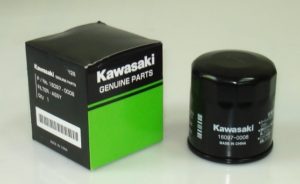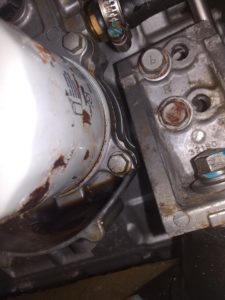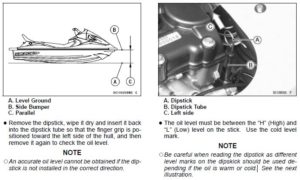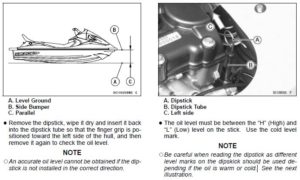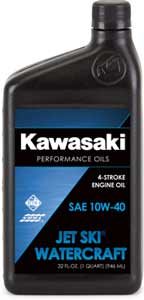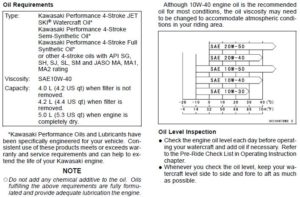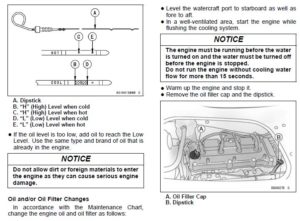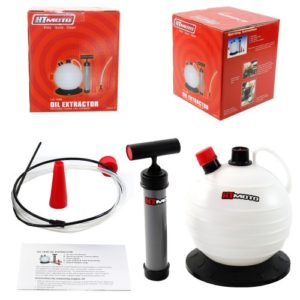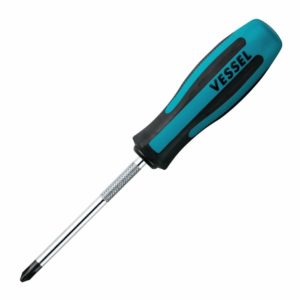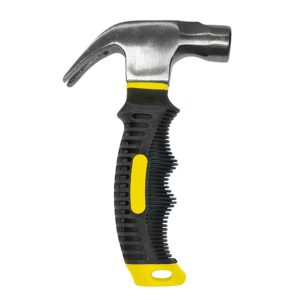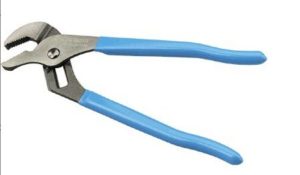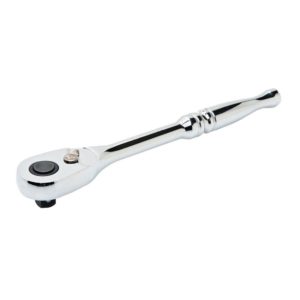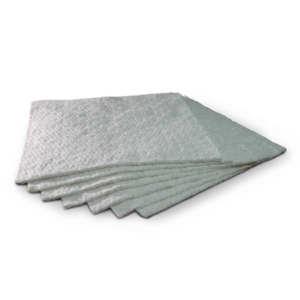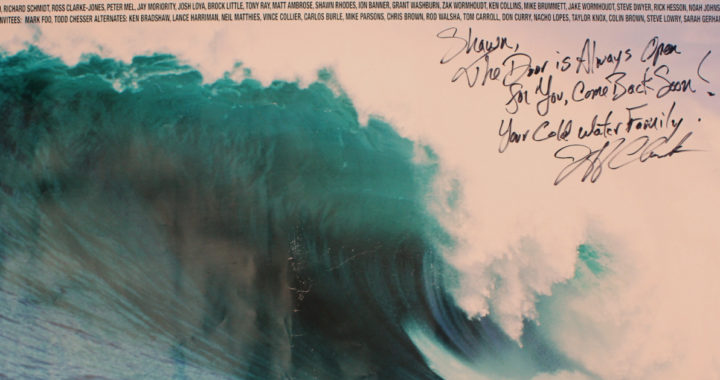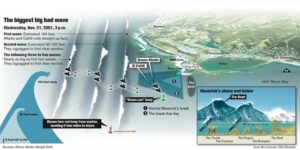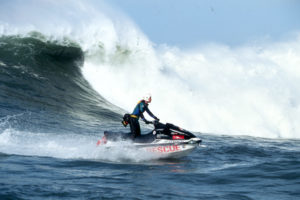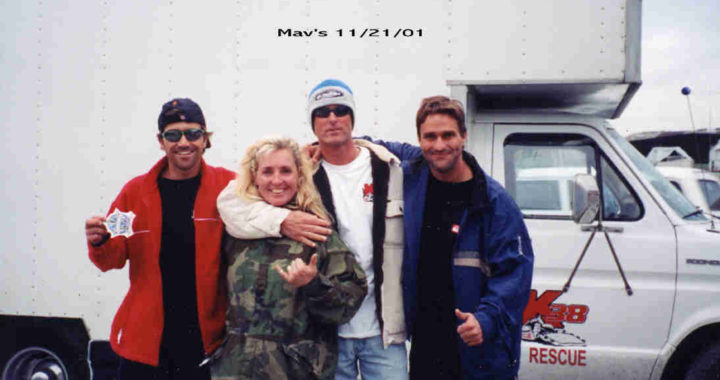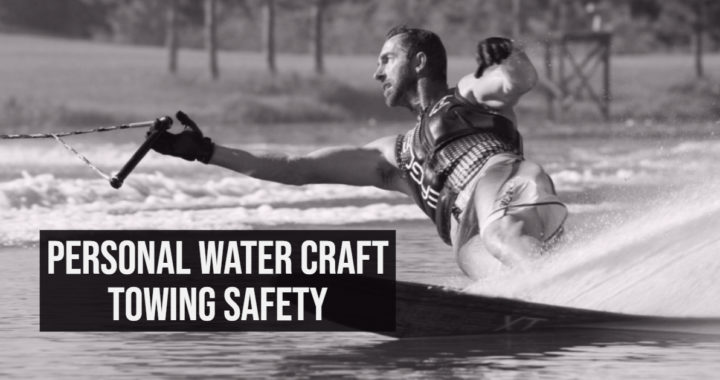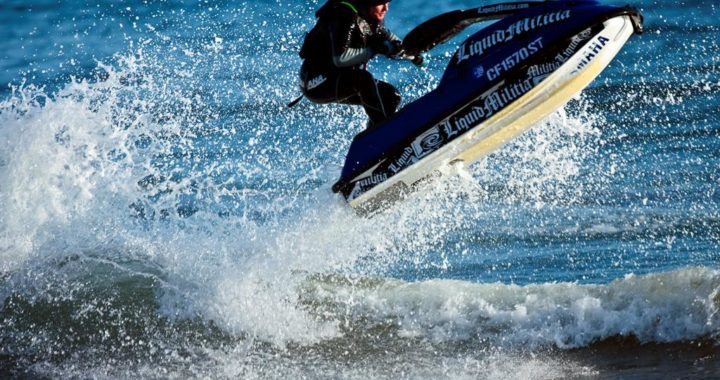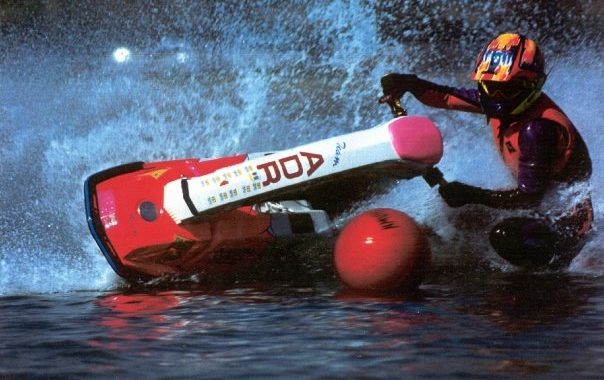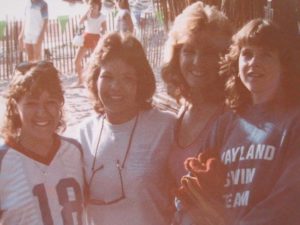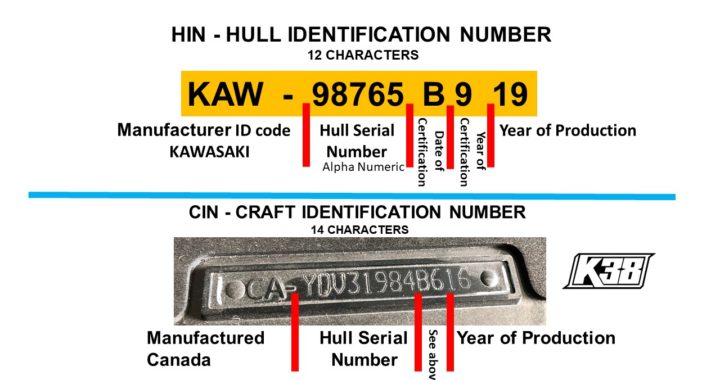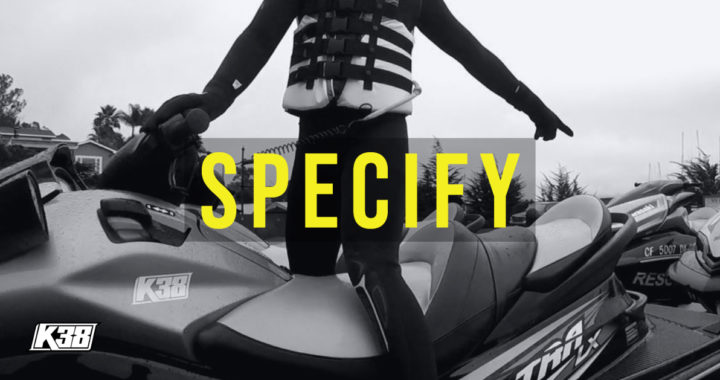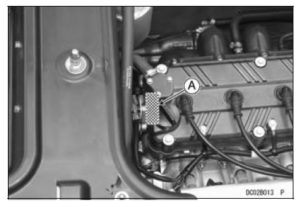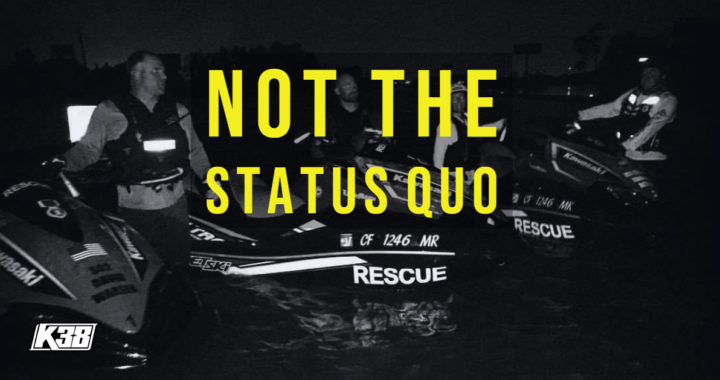PREVENTATIVE MAINTENANCE
WHAT IS PREVENTATIVE MAINTENANCE?
It is a thorough understanding regarding relationship value of care and inspection.
Three Suggestions of interest:
1. Conduct proper water flush procedures for the exhaust cooling system and purge the lines.
2. Drain/dry all remaining standing water out of the engine compartment and bilge area. We like to use a reverse dry/water vac when the engine has cooled down, or simply sponge by hand and towel dry, ventilate with the seat off, or slightly cracked for airway flow.
3. Inspect and tighten hose clamps. Inspect gaskets and hoses for pressure release.
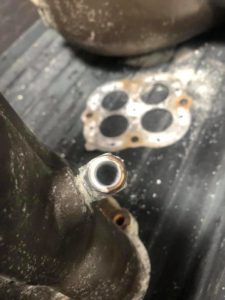
Corrosion inspection for the exhaust system
DRY BILGE
Do not store like this outside with your seats removed in a marine environment due to salt droplets, debris, wind and dust/dirt.
Make sure your post operations inspections are thorough.
You have metal to water conductivity with standing water.
Gaskets can become damaged along with metal parts.
Do not allow your craft to sit in water for extended ranged days.
INSPECTION LIST
Observe your hourly maintenance chart per the make, model and year of product of Rescue Water Craft you are operating.
I have suggested to you before to make a binder for your Jet Ski to maintain your inspection records and engine hours, so if you haven't gotten after that now is the time!
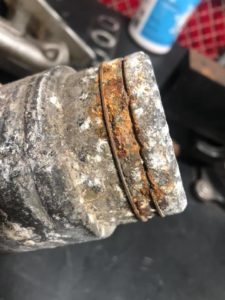
Metal sitting in water can corrode from salt contact
That binder you maintain accurately can save you $$.
Regarding cleaning/flushing: Some folks like using Salt Away, some use Simple Green and some use Dawn Detergent, regardless, effective preventative maintenance is your Jet's Skis best friend both internally and externally.
I make my own flush/wash.
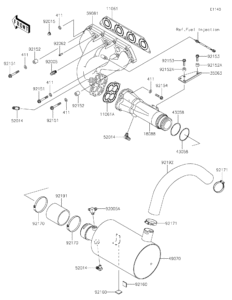
Kawasaki Ultra LX 2018 Muffler system
Make sure you take care of your muffler system
You cannot go wrong by keeping your bilge dry!
______________________
Posted: June 29, 2019
Content Creator of Rescue Water Craft and Personal Water Craft boating international education standards: Shawn Alladio is the world’s foremost authority and leading subject matter expert. She cares most about her community and the culture surrounding the safety of event service providers and Rescue Water Craft operators, working hard and dedicated towards protecting their reputation, distributing safety information and continuing to train these amazing individuals to the highest standards of care.
__________
Have any questions? Join the Rescue Water Craft Association
and discover what your community is doing to modernize standards, safety and reduce liability!
Join the Rescue Water Craft Association
Use at your own risk. Please take a qualified Rescue Water Craft training course and maintain proper records and respect all the PWC, RWC, PPE, and gear OEM manufacturer warning labels and cautions.
